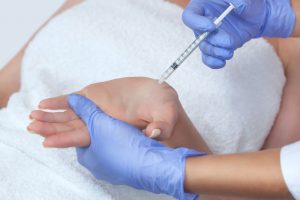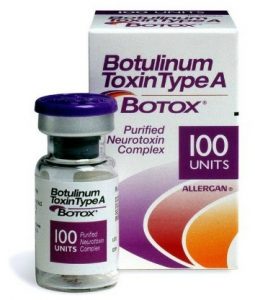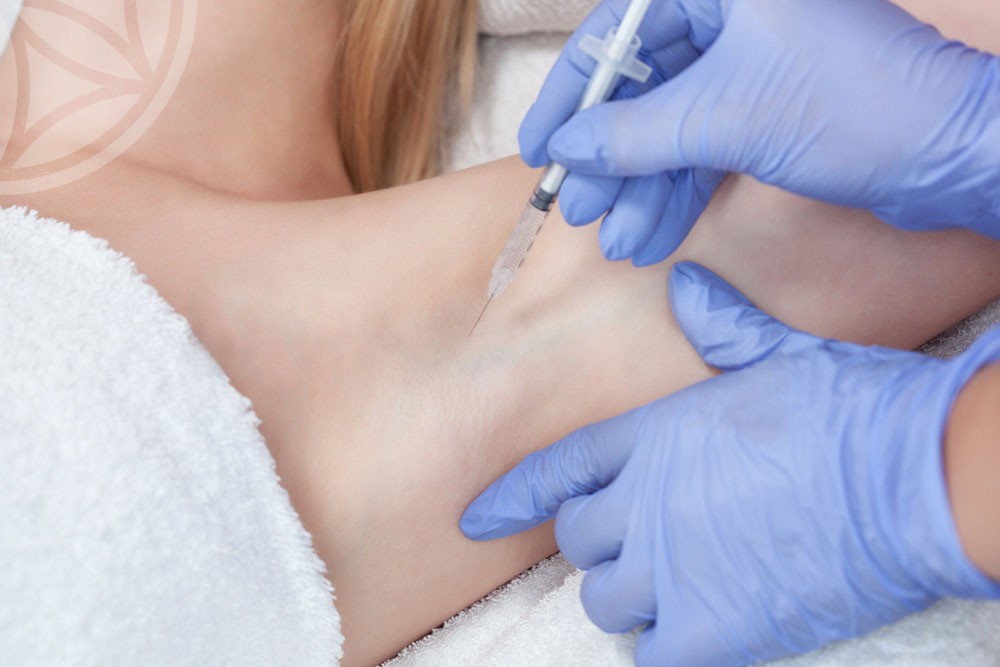Hyperhidrosis is the impaired regulation of perspiration resulting in excessive amount of sweat produced by the organism
Perspiration is an important function of the organism required for thermoregulation and salt and water metabolism. However, in some cases, the perspiratory glands produce too much secretion, and this condition is called hyperhidrosis or excessive sweating. Usually, the excessive perspiration is most noticeable in the axillary creases.
Kinds of Hyperhidrosis
- Idiopathic and secondary hyperhidrosis
The excessive perspiration can be idiopathic, that is without any specific cause, and secondary, that is associated with any conditions or diseases. The first kind often occur in the people prone to severe emotional experience. In children, it is considered as physiological disturbance. In case of this pathology, the sympathetic nervous system is more sensitive to irritants that leads to the intensified function of the perspiratory glands.
- Local and generalized hyperhidrosis
If the perspiration is characteristic only for a certain site (the palms of the hands, armpits, feet), it is classified as local hyperhidrosis.
In case when the process involves the whole body, the condition belongs to the generalized type.
The local form of the disease is usually characterized by palm and foot perspiration. The hyperhidrosis of the only axillary or facial area occurs more rarely.
The generalized form of the hyperhidrosis more often caused by systemic disturbances in the organism. In particular, the thyrotoxicosis (excessive thyroid hormones) accelerates the metabolism that is manifested by constantly watery skin. In the menopause, the hot flushes and excessive perspiration occur in majority of women. This is caused by changes in the endocrine profile.

Sites that are most vulnerable to excessive perspiration
The local hyperhidrosis can be observed in the area of:
Armpits – this kind of hyperhidrosis is called axillary. Similar to the previous one, it is caused by external factors and hormonal alterations;
Feet (plantar hyperhidrosis) – this disturbance does not depend on the increased environmental temperature. It is caused by excessive activity of the perspiratory glands and sympathetic system, as a whole;
Palms of the hands – in this kind of hyperhidrosis, (the palms of the hands always remain wet, but in case of stress or other stimuli, the perspiration is increasing.
The above kinds of hyperhidrosis are often combined in various options. In rare cases, the manifestations are isolated.
There are several causes of hyperhidrosis:
- Endocrine diseases
- Chronic infectious conditions
- Infectious diseases (tuberculosis, tuberculosis, malaria)
- Diabetes mellitus
- Stroke
- Obesity, overweight
- Intoxication
- Neurological disorders
- Oncology diseases
- Dermatologic disorders
- Hyperthyroidism (increased secretion of the thyroid hormones)
- Adverse affect of drug products and other conditions
- Genetic defect
The hyperhidrosis is often inherited from one of the parents that confirms its genetic determination.
Degrees of hyperhidrosis
There are three degrees of hyperhidrosis:
Mild that is characterized by moderate manifestation and gives no problems for a person and surrounding people;
Moderate that is associated with excessive sweating that can lead to formation of spots on the cloths from 10 to 20 cm diameter;
Severe that is manifested by heavy perspiration and formation of spots more than 20 cm diameter, and often becomes a cause of insecurities preventing the normal communication with surrounding persons.
Treatment with Botulotoxin Type A
In the therapy of the excessive local perspiration, our clinic uses the following medical products:
- Vistabel / Botox, Allergan (USA)
- Disport, Ipsen (France)
Their action is based on suppression of the nervous system signals to the endocrine glands. The medications are administered subcutaneously in the form of injection. As a result, the impulse transmission is blocked and the perspiration stops.


Local hyperhidrosis treatment procedure
The product dose depends on the intensity of the excessive perspiration, gender of the patient (the dose is higher for males) and other peculiarities of the organism. As to the averaged figures, one procedure requires approximately 100 units of Vistabel / Botox. For Disport, it is approximately 500 units.
The effect can be assessed in 7 days after the procedure, however, it is most noticeable in two weeks. Virtually all our patients observe the decreased sweating, and some experience the complete stoppage of the process. To maintain the condition, the procedure is to be performed once a year.
Recommendations after treatment of hyperhidrosis
The following recommendations should be followed during 7 days:
- Not to do physical exercises
- To take care of heat exposure
- Not to drink alcohol
- Not to use antiperspirants
- Not to administer some antibiotics (the doctor will explain the details)
Contraindications
The hyperhidrosis treatment with the use of the above medicinal products has a number of contraindications. These include:
- Neuromuscular disorders
- Inflammations of various locations
- Pregnancy and lactation
- Sensitivity to the used medicines or their components
- Haemophilia
- Age up to 16 years old
- Administration of the medicines effecting on the blood clotting ability
In the majority of cases, the hyperhidrosis does not pose series threat to health, but it most certainly can cause problems in personal and social life. In addition, the sweat is a positive environment for pathogenic bacteria, that is why sometimes the hyperhidrosis can be associated with the inflammatory skin diseases.





